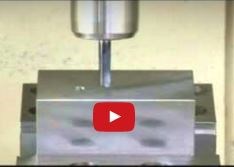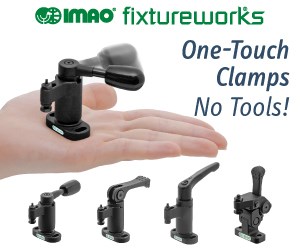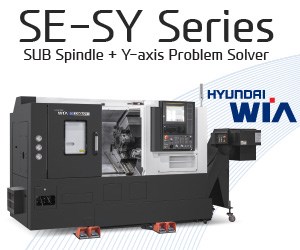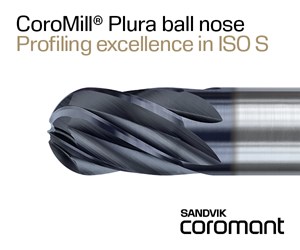Video: Flat-Bottom Drill Versus Conventional
See how a flat-bottom drill tends to shear material as it exists the back side of a workpiece, leaving behind a minimal burr.
Flat-bottom drills are nifty tools. Those that have true 180-degree flat cutting edges can create holes on inclined or curved surfaces without a preliminary center drilling operation to create a start hole. And unlike conventional drills, flat-bottom drills tend to shear material as it exists the back side of a workpiece instead of pushing through, leaving behind a minimal burr.
The video above demonstrates this. Produced by Nachi, it shows a slow-motion comparison of a conventional drill and the company’s Aqua Drill Ex Flat completing a through-hole. You can see the tip of the conventional drill pushing through the material, whereas the flat-bottom drill performs more of a shearing operation. The video also shows the flat-bottom drill creating holes in inclined and contoured surfaces without requiring a starter hole.

Related Content
-
How Lowering Torque Improves Tapping Tool Life
Escaping the tap breakage trap requires a long look at torque and the many factors that influence it.
-
Custom PCD Tools Extend Shop’s Tool Life Upward of Ten Times
Adopting PCD tooling has extended FT Precision’s tool life from days to months — and the test drill is still going strong.
-
New Modular Tool Options for Small Spindle Milling
Tooling options have been limited for small spindle milling applications. Now modular, indexable systems are available that provide broad flexibility to get the right cutter for the job with less inventory and at lower cost.

.jpg;width=70;height=70;mode=crop)





.png;maxWidth=300;quality=90)





